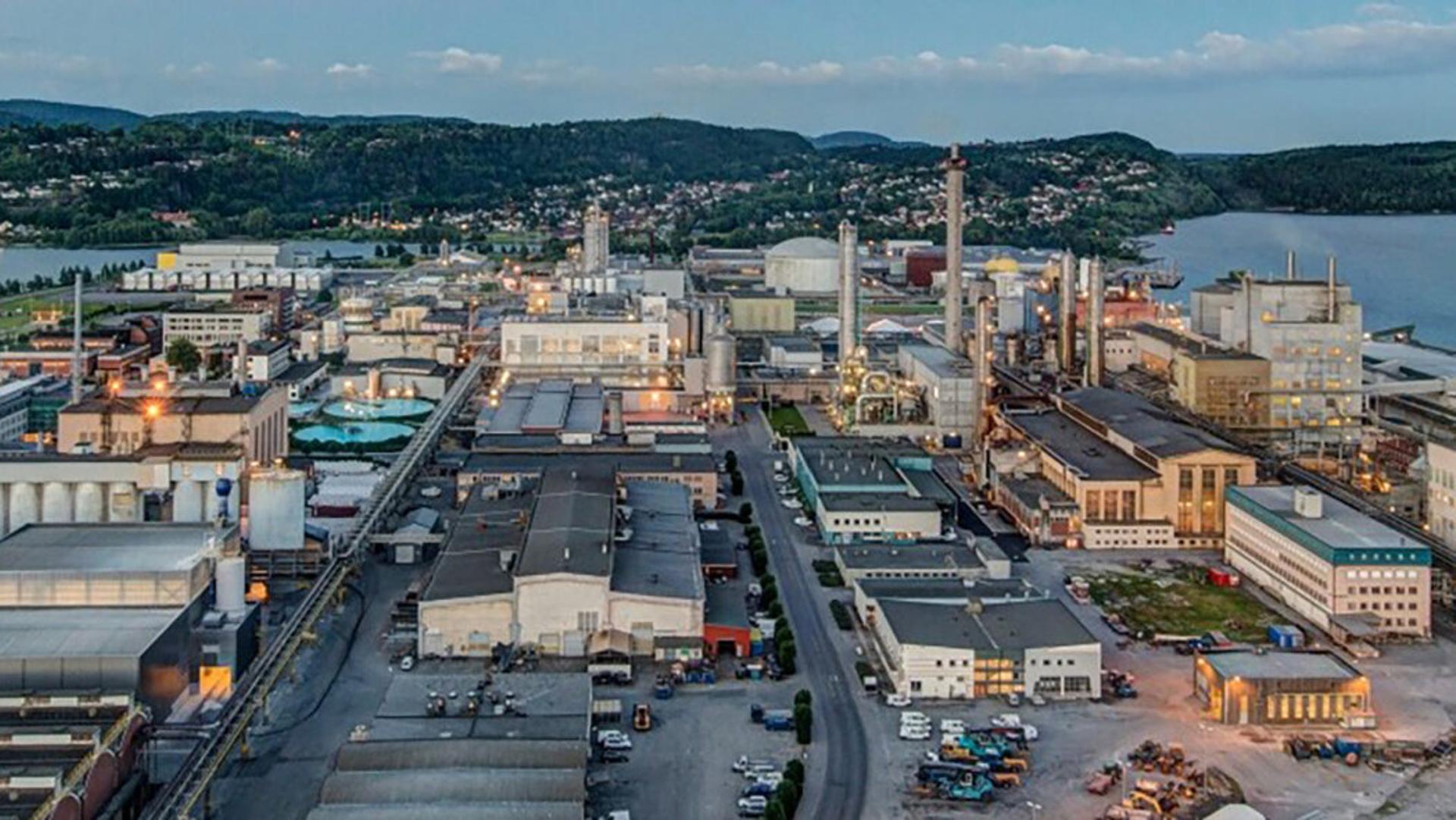These industrial parks lead the way for a circular economy

Manufacturing companies often come together in industrial parks, where they can reduce costs and environmental impact by sharing infrastructure.
In Norway, industrial parks have a particular advantage because of their joint access to some of Europe’s cleanest and most affordable energy from Norwegian hydropower.
Now, Norwegian industrial parks are taking the lead as incubators for innovative technology and a circular economy. The parks make it easier for companies to take advantage of each other’s energy and resources. At the same time, industrial parks have a shared knowledge base which can pave the way for developing and testing climate-friendly solutions.
Read how three Norwegian industrial parks are coming up with solutions to global problems.
Mo Industrial Park: Recycles 400 GWh every year
Mo Industrial Park (MIP) is one of Norway’s largest and oldest industrial parks, with metallurgy and steel production as its core business. MIP is championing sustainable and circular solutions that can help to cover the world’s increasing need for metal and minerals.
The energy-intensive manufacturing at MIP is powered by local hydroelectricity, which gives it a significant advantage compared to metallurgy based on coal or gas. The industrial park has, moreover, established a comprehensive programme for recycling energy, by-products and waste. It even houses Norway’s largest recycling centre for scrap steel.
MIP has succeeded in using its side streams of waste and energy as the foundation for new enterprises. Waste heat is, for instance, employed by ferrosilicon producer Elkem to breed smolt for aquaculture for fish producer Ranfjord Fiskeprodukter.
On top of that, MIP has developed an efficient, circular energy system where waste heat from Elkem and carbon gas from Ferroglobe is put to use, either by other companies or in district heating for homes and offices in the local community. This method has so far helped MIP to recycle 400 GWh annually – and the next target is 620 GWh per year.
MIP has a circular mindset also when it comes to materials. The industrial park is home to the company Celsa, which receives up to 60 per cent of Norway’s scrap metal – the equivalent of two Eiffel Towers every week. Celsa uses this scrap metal to create rebar steel, and it also separates mill scale which Elkem uses in its production processes. Recycled isolation material for industrial heaters is sent to the Norwegian Refractory Company which creates new products. And all dust from Elkem and Celsa is collected and sold as raw materials to concrete producers and German processing industries.
Mongstad: World-leading carbon capture
Mongstad Industrial Park, home to companies in the maritime and offshore industries, has been developed next to an oil refinery and a natural gas terminal run by Equinor. The competency and infrastructure at Mongstad has created an excellent foundation for what has become the world’s largest centre for carbon capture and storage (CCS): Technology Centre Mongstad (TCM).
International heavyweights including Aker Solutions (Norway), Alstom (France), Shell CANSOLV (Canada), Carbon Clean Solutions (UK), ION Engineering (USA) and Fluor Corporation (USA) have all trialled their CCS solutions at Mongstad. The world-leading technology centre also delivers sought-after consulting services internationally.
The CO₂ captured at Mongstad is even put to use: the company CO2Bio has launched a pilot project for utilising the captured carbon in microalgae production.
To further develop sustainable industries in the region – and in the long run turn Mongstad into one of Europe’s leading, green industrial parks – the region has established the Greenspot Mongstad project. In close collaboration with its partners, Greenspot Mongstad has created 28 specific ideas for green and profitable production at Mongstad, for instance hydrogen production or reusing asphalt in wind turbines. These ideas will result in a handful of concrete projects further down the line.

Herøya: Innovative, circular process industry
Herøya Industrial Park is home to 80 different global and local companies in the process industries, R&D and chemical industries, as well as several service companies. Norsk Hydro first established a factory at Herøya in 1929. Since then the industrial park has built a comprehensive industrial infrastructure supplying electricity, gas, steam and water.
Herøya Industrial Park also provides a complete piloting offering, where a number of circular projects have been successfully piloted.
Among the most interesting circular projects is a new separation technology for rare earth elements (REE), developed by REEtec. The technology makes it possible to extract REEs from phosphate raw materials. The raw materials are made available to REEtec from fertiliser company Yara’s factory at Herøya. Such a circular approach enables more sustainable REE production than conventional methods.
Herøya has, moreover, become a breeding ground for promising projects for recycling fly ash, a pollutant from waste incineration. NORSEP has begun filtering commercial raw materials from fly ash, which both reduces environmental impact and provides resources for industrial production. Furthermore, NOAH is establishing a plant for recovering salts from fly ash, which is planned for use by both Yara and INOVYN at Herøya. According to NOAH, the process can reduce the level of depot waste from incineration plants by up to 20 per cent.




